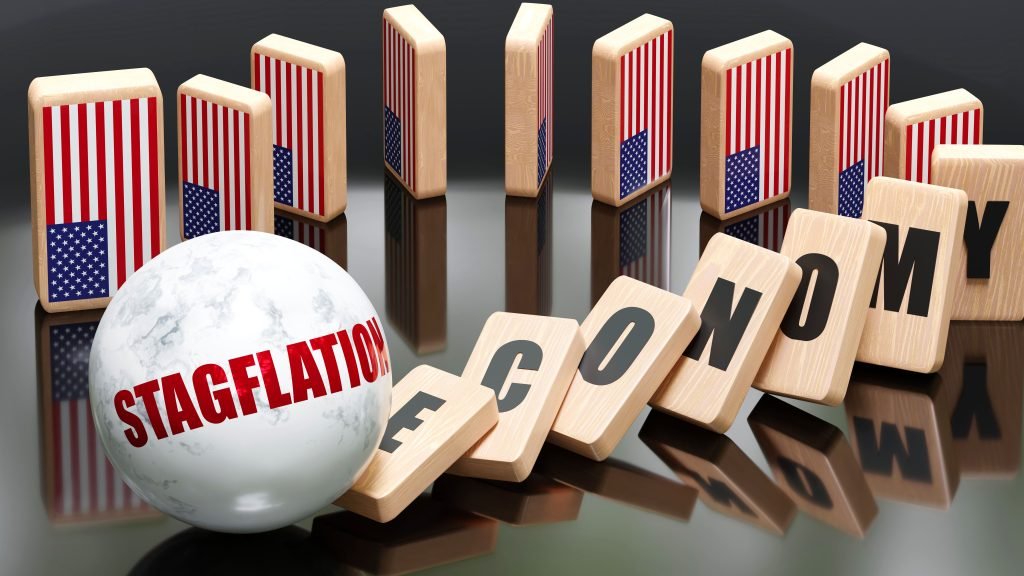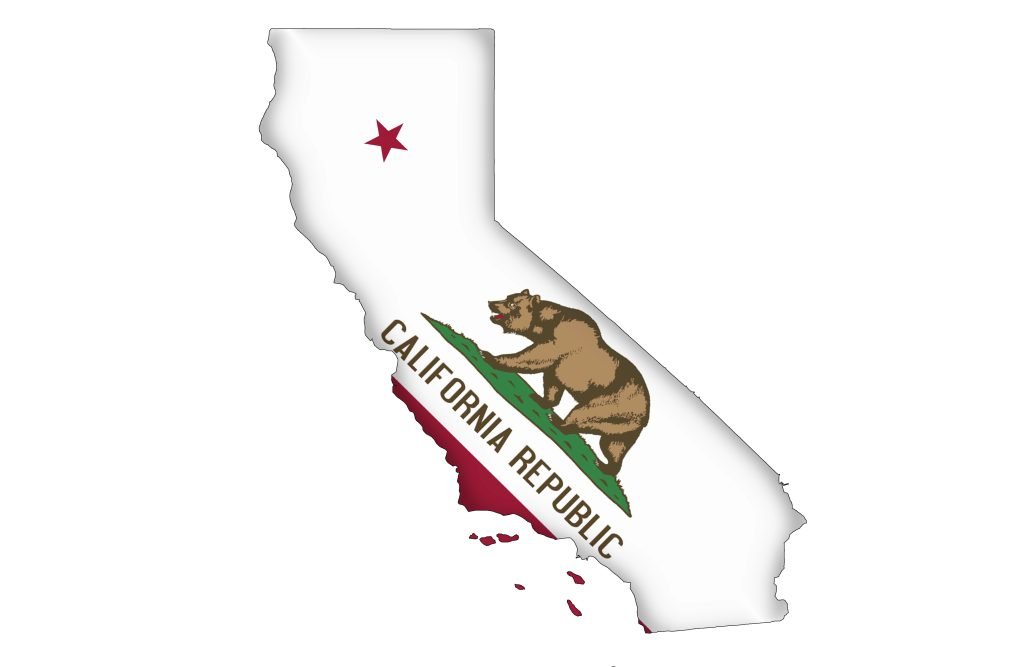February 18, 2014
Sovereign Valley Farm, Chile
Probably every kid in the world has at some point dreamed of having a time machine and being able to travel back to the past… usually to see dinosaurs or something like that.
Time travel is an almost universal fantasy. And if I could snap my fingers and turn the pages of time, I’d be seriously curious to check out the thousand-year period between the decline of the Western Roman Empire and the rise of the Renaissance.
They used to refer to this period as ‘the Dark Ages’ (though historians have since given up that moniker), a time when the entire European continent was practically at an intellectual standstill.
The Church became THE authority on everything– Science. Technology. Medicine. Education. And they kept the most vital information out of the hands of the people… instead simply telling everyone what to believe.
People living in that time had to trust that the high priests were smart guys and knew what they were talking about.
Interpreting facts and observations for yourself was heresy, and anyone who formed original thought and challenged the authority of church and state was burned at the stake.
Granted, human civilization has come a long way since then. But the basic building blocks are not terribly different than before.
Anyone who challenges the state is still burned at the stake. And our entire monetary system requires that we all trust the high priests of central banking and economics. Those that stray from the state’s message and spread economic heresy are cast down and vilified.
You may recall the case of Harvard professors Ken Rogoff and Carmen Reinhart who wrote the seminal work: “This Time is Different: Eight Centuries of Financial Folly”.
The book highlighted dozens of shocking historical patterns where once powerful nations accumulated too much debt and entered into terminal decline.
Spain, for example, defaulted on its debt six times between 1500 and 1800, then another seven times in the 19th century alone.
France defaulted on its debt EIGHT times between 1500 and 1800, including on the eve of the French Revolution in 1788. And Greece has defaulted five times since 1800.
The premise of their book was very simple: debt is bad. And when nations rack up too much of it, they get into serious trouble.
This message was not terribly convenient for governments that have racked up unprecedented levels of debt. So critics found some calculation errors in their Excel formulas, and the two professors were very publicly discredited.
Afterwards, it was as if the entire idea of debt being bad simply vanished.
Not to worry, though, the IMF has now stepped up with a work of its own to fill the void.
And surprise, surprise, their new paper “[does] not identify any clear debt threshold above which medium-term growth prospects are dramatically compromised.”
Translation: Keep racking up that debt, boys and girls, it’s nothing but smooth sailing ahead.
But that’s not all. They go much further, suggesting that once a nation reaches VERY HIGH levels of debt, there is even LESS of a correlation between debt and growth.
Clearly this is the problem for Europe and the US: $17 trillion? Pish posh. The economy will really be on fire once the debt hits $20 trillion.
There’s just one minor caveat. The IMF admits that they had to invent a completely different method to arrive to their conclusions, and that “caution should be used in the interpretation of our empirical results.”
But such details are not important.
What is important is that the economic high priests have proven once and for all that there are absolutely no consequences for countries who are deeply in debt.
And rather than pontificate what these people are smoking, we should all fall in line with unquestionable belief and devotion to their supreme wisdom.







